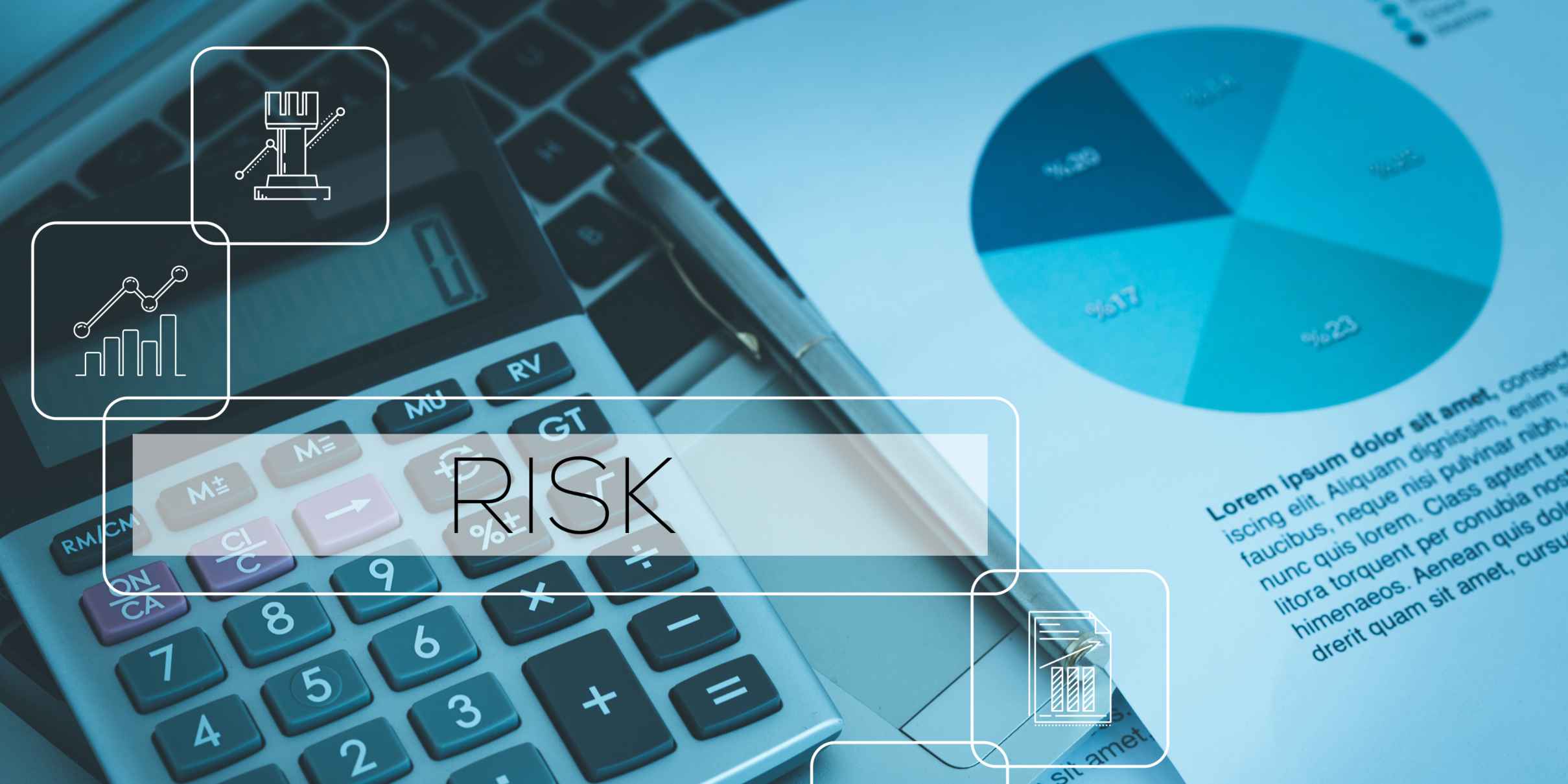After initial certification, organizations must undergo annual surveillance audits in years one and two, followed by a complete recertification audit in year three. This cycle ensures continuous compliance with ISO standards and maintains the validity of the certification. The specific renewal requirements may vary slightly depending on the particular ISO standard (such as ISO 27001, ISO 9001, or ISO 14001) and the certifying body, but the three-year pattern remains consistent across most ISO frameworks.
Understanding ISO certification renewal requirements
ISO certification renewal follows a structured approach designed to verify an organization's ongoing compliance with international standards. The renewal process isn't merely a checkbox exercise but a continuous process that requires consistent maintenance of management systems and documentation.
When an organization first achieves ISO certification, they enter a certification cycle that includes regular assessment points. This cycle ensures that companies don't simply implement standards for initial certification and then let practices lapse. Instead, the certification model encourages organizations to embed standard requirements into their everyday operations.
The renewal framework typically includes surveillance audits and recertification audits, each serving different purposes within the certification lifecycle. Understanding these requirements helps organizations maintain their certifications without interruption while continuously improving their management systems.
What is the standard renewal cycle for ISO certifications?
The standard renewal cycle for ISO certifications is three years. This triennial cycle begins once an organization successfully passes its initial certification audit and receives its ISO certificate. The certificate remains valid for three years, subject to the successful completion of surveillance audits during this period.
The certification journey typically follows this pattern:
- Year 1: Surveillance audit
- Year 2: Surveillance audit
- Year 3: Recertification audit
After successful recertification, the three-year cycle begins again. This structure applies to most ISO standards, including ISO 27001 for information security, ISO 9001 for quality management, and ISO 14001 for environmental management systems.
The three-year cycle provides a balance between rigorous oversight and practical operational considerations, allowing organizations to demonstrate ongoing compliance without excessive disruption to business activities.
How do surveillance audits fit into the ISO certification timeline?
Surveillance audits serve as interim checks between full certification audits. Typically conducted annually, these audits assess whether an organization continues to comply with the ISO standard requirements and effectively maintains its management system.
Unlike the comprehensive initial certification or recertification audits, surveillance audits have a narrower scope. They usually focus on:
- Specific areas identified during the initial audit
- Ongoing performance of the management system
- Implementation of corrective actions
- Any major organizational or operational changes
Surveillance audits typically review a sample of the management system rather than all elements. However, over the three-year certification cycle, all aspects of the management system should be assessed through the combination of surveillance audits.
These audits help identify potential issues before they become significant problems and provide regular opportunities for external feedback on the management system's performance, maintaining the integrity of the certification between full recertification audits.
What happens during an ISO recertification audit?
An ISO recertification audit is a full-scale reassessment that examines whether an organization's management system continues to fulfil all requirements of the relevant ISO standard. This audit occurs at the end of the three-year certification cycle and determines whether the certification can be renewed for another three years.
The recertification process typically includes:
- A review of the full management system
- Evaluation of past non-conformities and how they were addressed
- Assessment of the system’s ability to achieve intended outcomes and support strategic direction
- Examination of continual improvement processes
Recertification audits are more extensive than surveillance audits but may be less intensive than the initial certification audit if the management system has maintained good performance throughout the certification cycle. Upon successful completion, a new certificate is issued with a fresh three-year validity period.
CERRIX successfully completed its ISO 27001 surveillance audit in 2025, showing that with proper structure and tooling, ongoing ISO compliance doesn’t need to be complicated.
How should organizations prepare for ISO certification renewal?
Successful ISO certification renewal requires ongoing attention rather than last-minute preparation. Organizations should maintain their management systems throughout the certification cycle and begin specific renewal preparations approximately six months before the recertification audit.
Effective preparation strategies include:
- Regular internal audits
- Management reviews and tracking KPIs
- Updating documentation and procedures
- Ensuring corrective actions are completed and improvements logged
- Training staff and ensuring awareness of any updates to ISO requirements
Organizations should also review any changes to the ISO standard itself. Standards undergo periodic revisions, and certification bodies typically allow a transition period for organizations to adapt to new requirements. Understanding these changes early provides time to implement necessary adjustments before recertification.
What are the consequences of letting ISO certifications expire?
Allowing ISO certifications to expire can have far-reaching consequences for organizations, extending beyond the mere loss of a certificate. The consequences often affect multiple aspects of business operations and market position.
Potential impacts include:
- Loss of customer confidence or contracts
- Increased regulatory scrutiny
- Competitive disadvantage in tenders and procurement
- Need to restart the full certification process
- Additional costs and time for re-certification
If a certificate expires, most certification bodies offer a limited grace period (typically up to six months) during which recertification may be possible without starting the entire certification process from scratch. However, this often requires additional scrutiny and may incur premium fees.
How can technology streamline ISO certification maintenance?
Modern GRC (Governance, Risk, and Compliance) platforms can significantly simplify the ongoing management of ISO certification requirements through automation and centralization. These technological solutions transform what was traditionally a labour-intensive, documentation-heavy process into a more efficient, integrated approach.
Key benefits of using technology for ISO certification maintenance include:
- Centralized management of policies, risks, and controls
- Automated audit preparation and evidence collection
- Task reminders for control execution and internal audits
- Real-time dashboards to monitor compliance status
- Easier reporting for stakeholders and certification bodies
These platforms provide a structured framework that aligns with ISO standards, making it easier to demonstrate compliance during both surveillance and recertification audits. By embedding compliance activities into daily operations, organizations can maintain certification readiness at all times rather than treating it as a periodic project.
Key takeaways about managing ISO certification renewal cycles
Successfully navigating ISO certification renewal requires understanding the structure, expectations, and timing involved in maintaining compliance throughout the certification lifecycle. The three-year certification cycle, with its annual surveillance audits and comprehensive recertification audit, provides a framework for ongoing compliance verification.
Organizations should remember these essential points:
- ISO certifications follow a three-year cycle
- Surveillance audits are annual checkpoints for ongoing compliance
- Recertification is a full reassessment at the end of the cycle
- Preparation should be continuous, not reactive
- Technology can help make ISO maintenance easier and more reliable
With the growing complexity of compliance requirements, more organizations are turning to integrated GRC platforms to manage their ISO certification maintenance more efficiently.
Contacts us to understand how CERRIX supports ISO 27001 and other standards through structured risk, control, and reporting modules—enabling organizations to stay audit-ready year-round.
Audit Management: Aligning the Three Lines of Defense
Accessible popup
Welcome to Finsweet's accessible modal component for Webflow Libraries. This modal uses custom code to open and close. It is accessible through custom attributes and custom JavaScript added in the embed block of the component. If you're interested in how this is built, check out the Attributes documentation page for this modal component.


.jpg)
%20(1).jpg)
.jpg)
.jpg)
.jpg)
.jpg)
%20(1).jpg)
.jpg)
%20(1).jpg)
.jpg)
.jpg)

.jpg)
.jpg)





.jpg)

%20(2).jpg)















%20(1)%20(2).jpg)





.jpg)

.png)
.jpg)






%20(1).avif)



